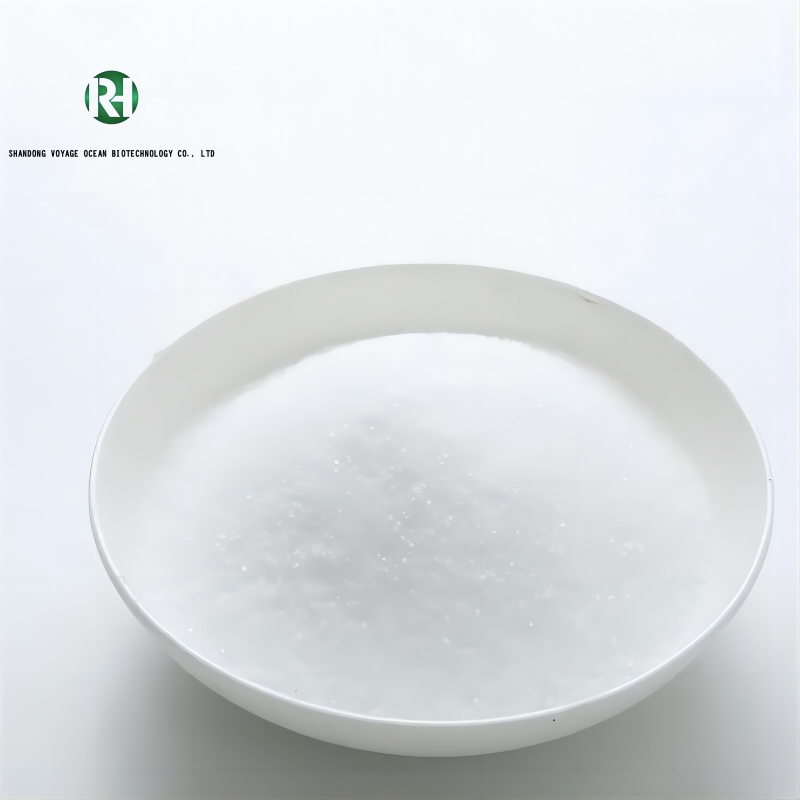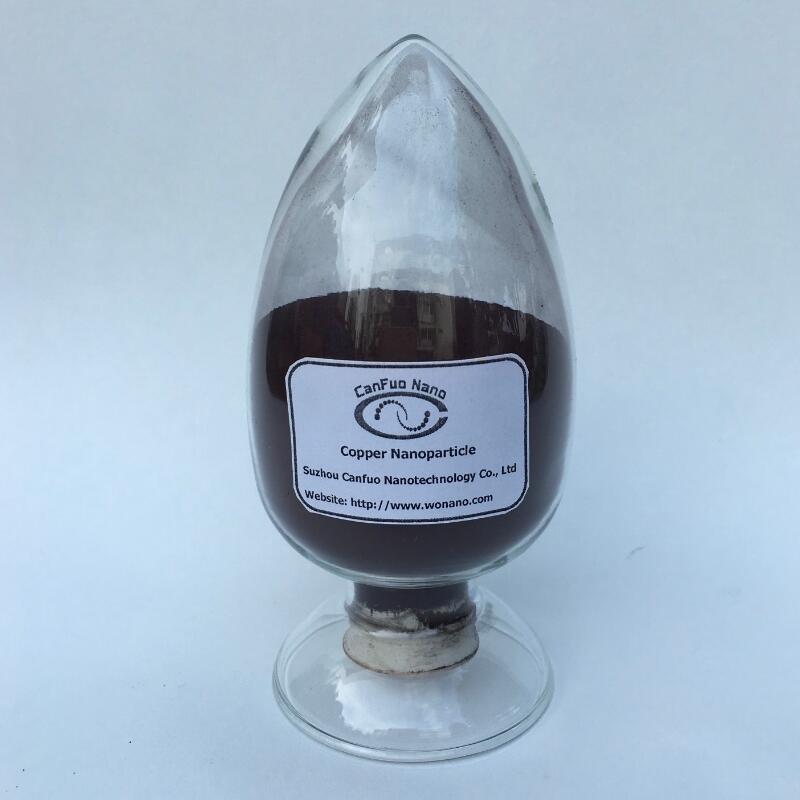-
Categories
-
Pharmaceutical Intermediates
-
Active Pharmaceutical Ingredients
-
Food Additives
- Industrial Coatings
- Agrochemicals
- Dyes and Pigments
- Surfactant
- Flavors and Fragrances
- Chemical Reagents
- Catalyst and Auxiliary
- Natural Products
- Inorganic Chemistry
-
Organic Chemistry
-
Biochemical Engineering
- Analytical Chemistry
-
Cosmetic Ingredient
- Water Treatment Chemical
-
Pharmaceutical Intermediates
Promotion
ECHEMI Mall
Wholesale
Weekly Price
Exhibition
News
-
Trade Service
Turning automobile exhaust gas into a treasure.
Recently, the team of researcher Xiao Jianping and the team of researcher Deng Dehui from Dalian Institute of Chemistry and Technology of the Chinese Academy of Sciences have jointly proposed a new strategy for electrocatalytic reduction of nitric oxide emitted from industrial exhaust gas and automobile exhaust gas to synthetic ammonia gas, which provides denitrification and electrocatalytic ammonia synthesis.
New ideas
.
The researchers first calculated based on density functional theory and considered dozens of different nitric oxide reduction reaction paths, and found that nitric oxide reduction is thermodynamically easier to perform than nitrogen reduction and hydrogen evolution
.
In addition, the researchers screened out the optimal transition metal catalyst copper through a descriptor-based method
.
Nitric oxide electrocatalysis experiments show that copper and platinum have similar ammonia yields, but the selectivity of copper is better, so copper electrodes are chosen
.
This is the highest ammonia yield and selectivity currently obtained in electrocatalytic ammonia synthesis, and the ammonia yield has reached the order of the traditional thermal catalytic synthesis of ammonia
.
Finally, the researchers calculated the theoretical TOF value of nitric oxide reduction through microscopic kinetic simulation.
With the change of voltage, the theoretical TOF value has a very good linear relationship with the experimental ammonia yield, which proves the reduction of nitric oxide.
The correctness of the mechanism
.
Nitric oxide is a harmful air pollutant, usually from the combustion of fossil fuels, such as boiler flue gas in thermal power plants, automobile exhaust, etc.
The removal of nitric oxide is essential in industrial flue gas treatment
.
At the same time, synthetic ammonia is a very important chemical process in industry
.
The traditional method of synthesizing ammonia is mainly the Haber method, but this process can only be carried out under high temperature and high pressure, which requires a lot of energy
.
The electrocatalytic nitrogen reduction to synthesize ammonia can be carried out at room temperature and pressure, but because the nitrogen molecule is very stable, the nitrogen-nitrogen triple bond is difficult to break, and it faces the problems of low activity and low selectivity, and it is difficult to obtain practical applications
.
Recently, the team of researcher Xiao Jianping and the team of researcher Deng Dehui from Dalian Institute of Chemistry and Technology of the Chinese Academy of Sciences have jointly proposed a new strategy for electrocatalytic reduction of nitric oxide emitted from industrial exhaust gas and automobile exhaust gas to synthetic ammonia gas, which provides denitrification and electrocatalytic ammonia synthesis.
New ideas
.
The researchers first calculated based on density functional theory and considered dozens of different nitric oxide reduction reaction paths, and found that nitric oxide reduction is thermodynamically easier to perform than nitrogen reduction and hydrogen evolution
.
In addition, the researchers screened out the optimal transition metal catalyst copper through a descriptor-based method
.
Nitric oxide electrocatalysis experiments show that copper and platinum have similar ammonia yields, but the selectivity of copper is better, so copper electrodes are chosen
.
This is the highest ammonia yield and selectivity currently obtained in electrocatalytic ammonia synthesis, and the ammonia yield has reached the order of the traditional thermal catalytic synthesis of ammonia
.
Finally, the researchers calculated the theoretical TOF value of nitric oxide reduction through microscopic kinetic simulation.
With the change of voltage, the theoretical TOF value has a very good linear relationship with the experimental ammonia yield, which proves the reduction of nitric oxide.
The correctness of the mechanism
.
Nitric oxide is a harmful air pollutant, usually from the combustion of fossil fuels, such as boiler flue gas in thermal power plants, automobile exhaust, etc.
The removal of nitric oxide is essential in industrial flue gas treatment
.
At the same time, synthetic ammonia is a very important chemical process in industry
.
The traditional method of synthesizing ammonia is mainly the Haber method, but this process can only be carried out under high temperature and high pressure, which requires a lot of energy
.
The electrocatalytic nitrogen reduction to synthesize ammonia can be carried out at room temperature and pressure, but because the nitrogen molecule is very stable, the nitrogen-nitrogen triple bond is difficult to break, and it faces the problems of low activity and low selectivity, and it is difficult to obtain practical applications
.







